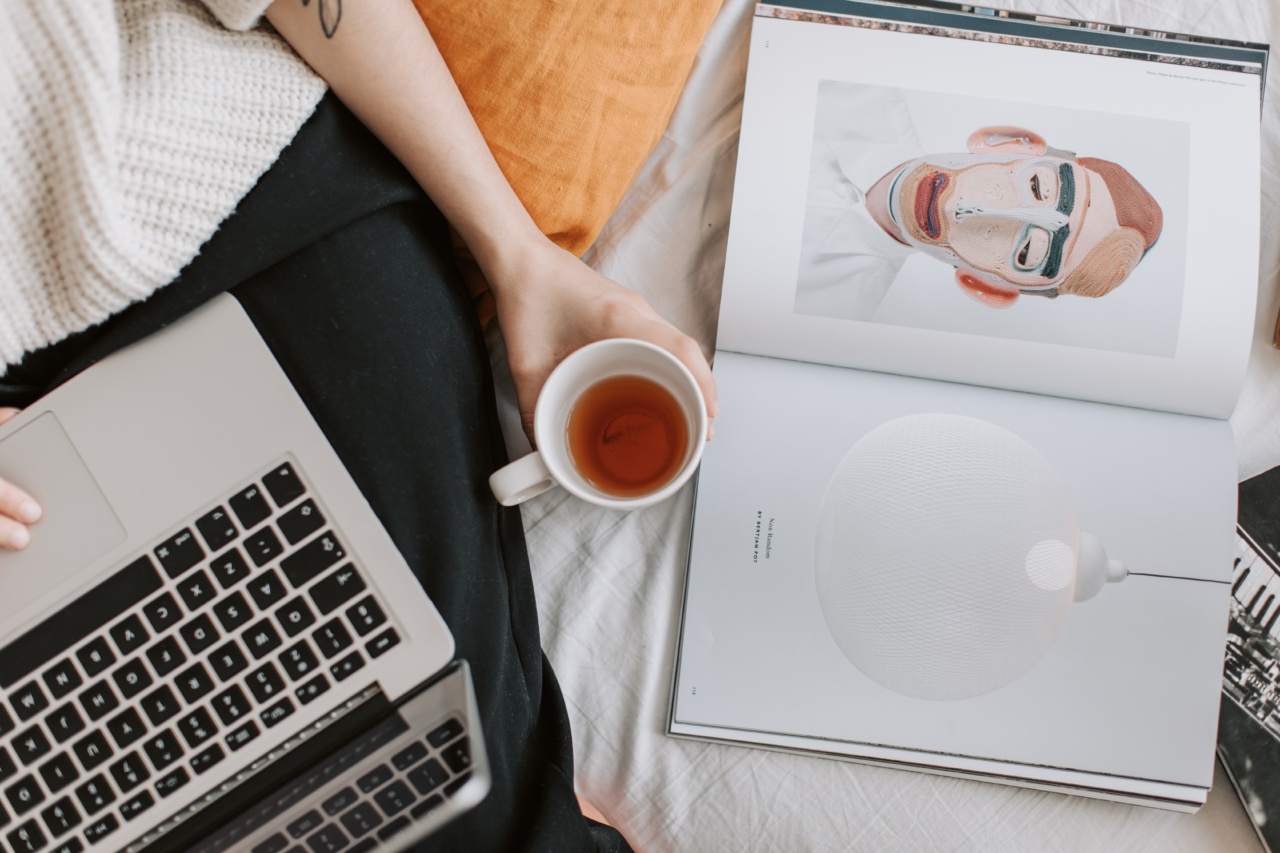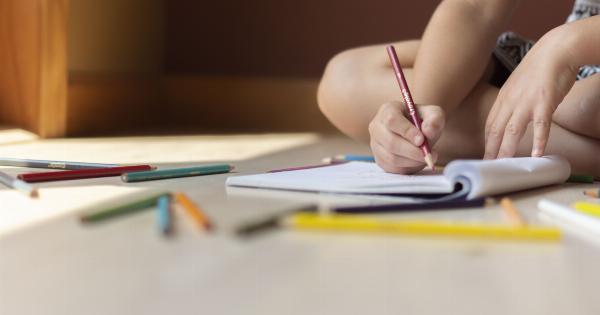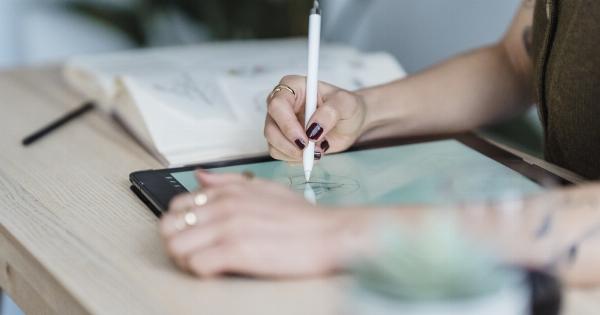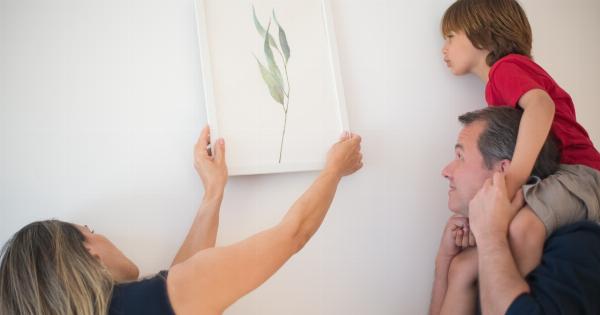Art has played a significant role in education for centuries. From Leonardo da Vinci to Vincent van Gogh, artists have used the medium to express their creativity and emotions. But art isn’t just for the masters.
It can also be an effective tool for helping struggling students connect with their studies, express themselves, and achieve academic success.
The Benefits of Art-Based Learning
Studies have shown that art can be a powerful tool for helping students learn and succeed in school. Here are some of the benefits of art-based learning:.
Enhanced Critical Thinking Skills
When students create art, they are encouraged to think critically and problem-solve. They must make decisions about color, composition, and subject matter, and consider the impact of each choice on the final product.
These skills translate to the academic realm, where students can apply critical thinking strategies to subjects like math, science, and literature.
Improved Focus and Attention
Creating art requires both focus and attention to detail. Students who struggle with attention problems can benefit from the meditative quality of art, which encourages them to slow down, focus on the moment, and take small steps toward a larger goal.
This can help them stay more engaged in other areas of study as well.
Increased Self-Confidence and Self-Esteem
For students who may struggle academically or socially, art can help build confidence and self-esteem.
Creating something from scratch gives students a sense of accomplishment and pride, and the positive feedback from teachers and peers can help them feel more capable and valuable.
Enhanced Emotional Literacy
Art can also help students better understand and express their emotions. By creating art that reflects their feelings, students can learn to process and manage their emotions in healthy ways.
This can lead to improved relationships, better communication skills, and increased emotional resilience.
Ways to Incorporate Art in the Classroom
Now that we understand the benefits of art-based learning, how can we incorporate it into the classroom? Here are some ideas:.
Journaling
Journaling is a great way for students to reflect on their experiences and emotions in a creative way.
Teachers can encourage students to decorate their journals with sketches, photographs, or collages, and can guide them in writing about their thoughts, feelings, and observations.
Art Projects Based on Curricular Topics
Teachers can incorporate art into any subject by assigning projects that ask students to visually represent what they’ve learned.
For example, a history teacher might ask students to create a mural that represents a certain time period or event, while a science teacher might assign an art project that illustrates the components of a plant cell.
Collaborative Art Projects
Collaborative art projects can help students develop teamwork skills while also fostering creativity. Teachers might ask students to work together on a large-scale mural or sculpture, with each student contributing a different element.
Art Therapy
For students who may be struggling with emotional issues, art therapy can be a powerful tool. With the help of a trained therapist, students can use art to explore their feelings and develop coping strategies.
Conclusion
Art can be a powerful tool for empowering struggling students, building critical thinking and problem-solving skills, improving focus and attention, increasing self-confidence and self-esteem, and enhancing emotional literacy.
By incorporating art into the classroom, teachers can help students connect with their studies in new and creative ways and build the skills they need to succeed.






























